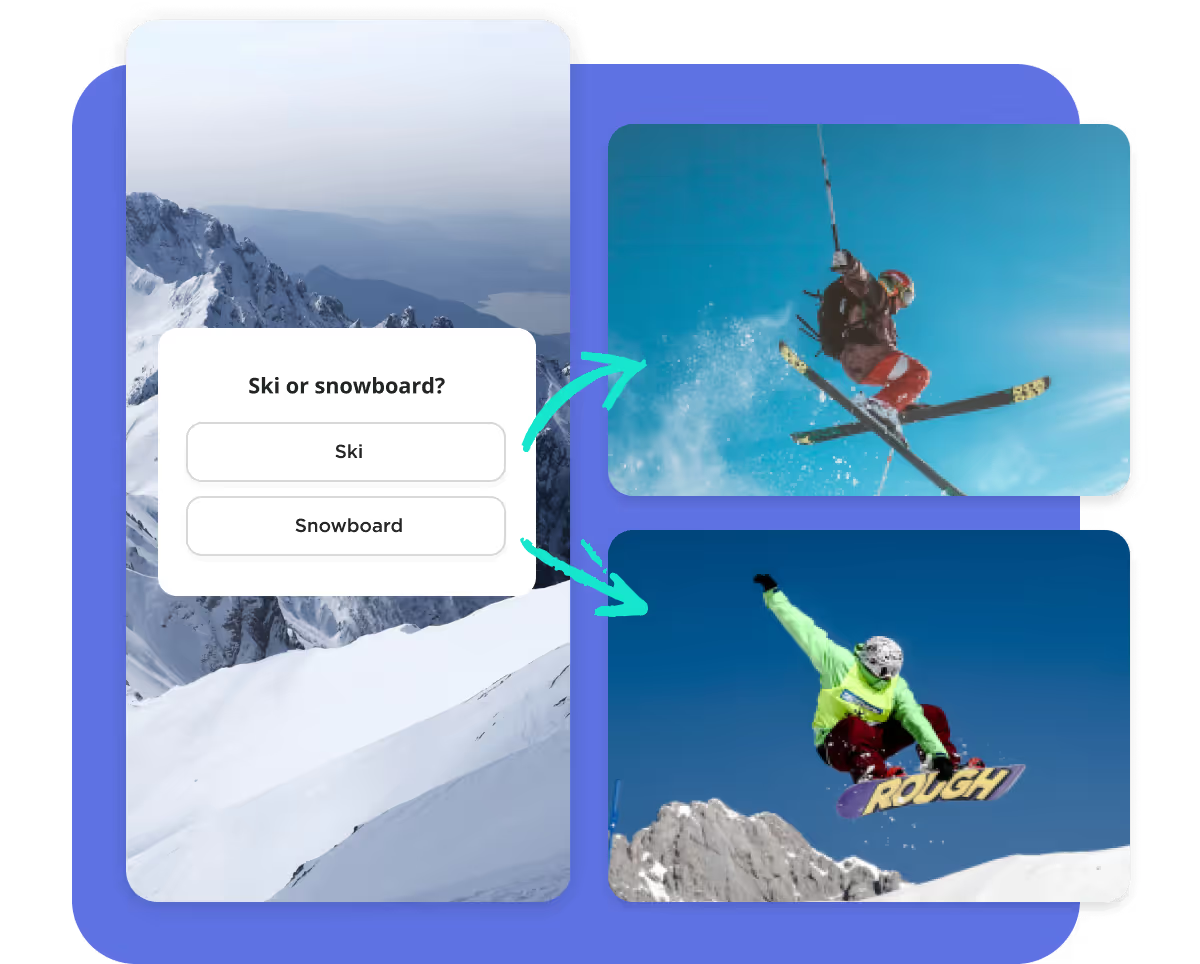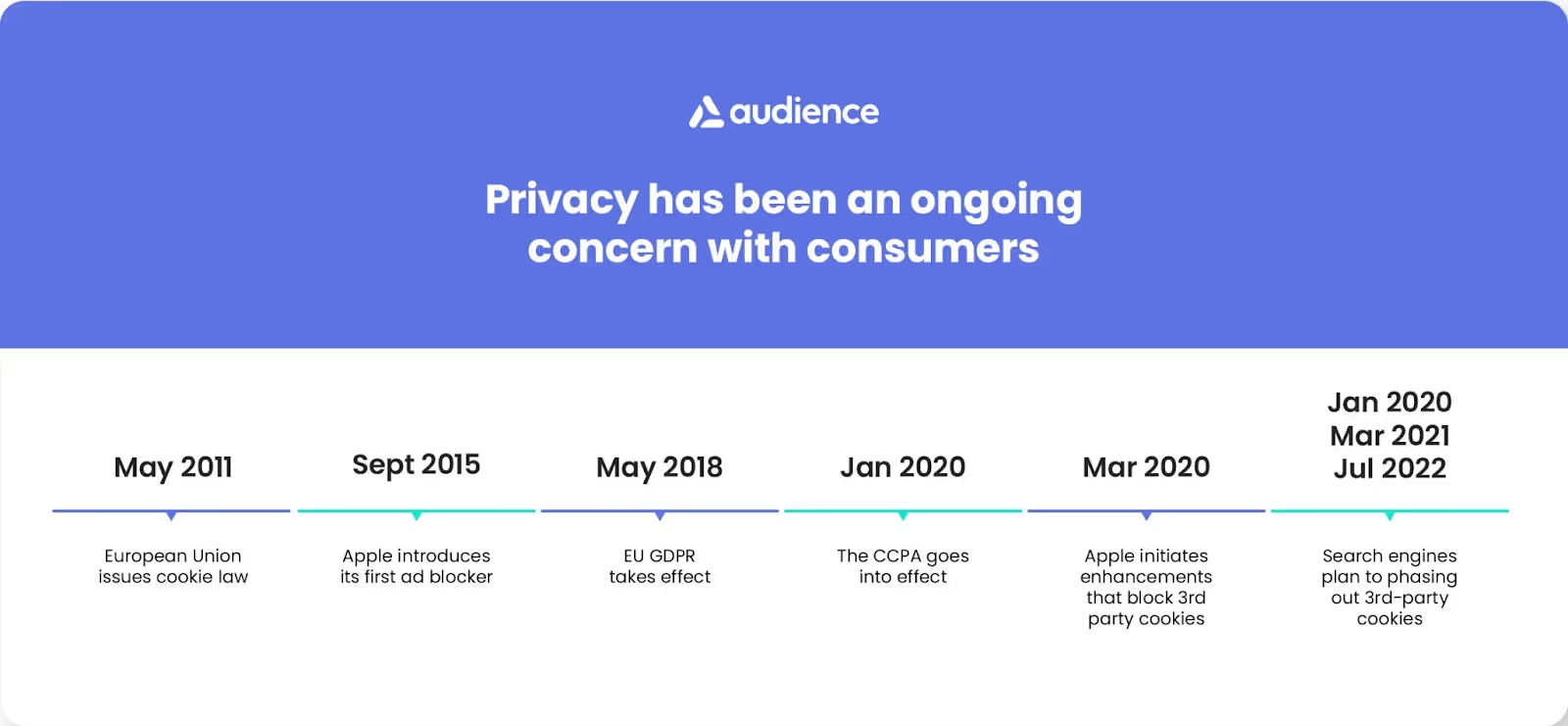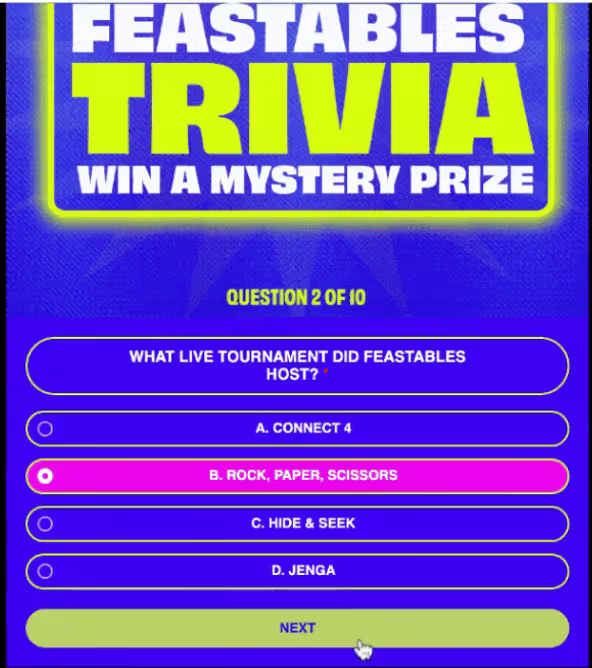.avif)
Welcome to the world of zero party data – a simple yet powerful way to understand your customers better and optimize your marketing. In this guide, we'll break it down for you in a fun and easy-to-understand manner.
First off, let's tackle the basics. Zero party data is data that your customers willingly and directly share with you. It's like when your friend tells you their favorite ice cream flavor without you even asking.
But why should you collect it? It's all about getting to know your customers and tailoring your approach to their preferences.
Now, how do you collect this data? It's not as complicated as it might sound. We've got some fun methods to share.
Sometimes, though, you might wonder what specific zero party data to collect. Think of it as choosing between chocolate or vanilla ice cream. We'll help you figure out which "flavor" of data best suits your business.
One cool thing about zero party data is the concept of value exchange. We'll explain how this can benefit your business and keep your customers happy.
And last but not least, personalization. We'll show you how to use zero party data to personalize your marketing efforts and make your customers feel like you're giving them exactly what they want.
So, let's dive in!
What is Zero-Party Data and Why Should I Be Collecting It?
Fun Ways to Collect Zero-Party Data
What Kind of Zero-Party Data Should I Collect?
Value Exchange: Zero-Party Data Collection
Personalize Your Marketing Using Zero-Party Data
Data is the lifeblood of modern business strategies, and understanding different types of data is crucial. First-party data, derived from direct interactions, has long been essential. But now, zero-party data, voluntarily shared by customers, is gaining prominence because owning your data is powerful.
Let's explore the types of non-owned data:
First-Party Data: This is data collected directly from your interactions with customers, like demographics.
Second-Party Data: It's another company's first-party data that you gain access to through partnerships or data-sharing agreements.
Third-Party Data: Collected by external sources, often less specific to your company's audience.
Now, zero-party data takes center stage. It's the info customers willingly share with full control and transparency. While first-party data focuses on basics like age and gender, zero-party data delves into personal preferences, making it incredibly valuable.

In today's landscape, privacy concerns and regulations like GDPR are reshaping data. Zero-party data lets customers actively participate in data collection, building trust and providing tailored experiences.
In the world of data, zero-party data is a game-changer. It's about trust, transparency, and creating immersive experiences while respecting privacy. It's a two-way street where customers willingly share, and businesses listen. In this data-driven era, embracing zero-party data redefines how companies and customers connect and thrive.
All the different types of customer data are zero, first, second, and third-party data. They vary in terms of their source and ownership, as well as their potential applications.

Gathering data through highly engaging experiences is essential in a world where consumers are bombarded with information. Traditional methods of data collection, such as surveys and forms, can be mundane and often fail to capture the attention of users. Enter gamification - an innovative approach that leverages game-like elements to make the data collection process not only informative but also enjoyable.
Imagine a scenario where a user is offered a discount for every digital cookie they can "eat" in 30 seconds. This interactive game not only captivates the user's attention but also prompts them to participate by providing their email address to partake in the challenge.
Engaging customers through trivia about the brand is another ingenious way to collect zero-party data. By testing how well a user knows the brand, businesses can offer discounts or rewards for achieving a high score.

The classic card match game can also be transformed into a data collection opportunity. Users can be prompted to flip over cards to find matching pairs. For every successful match, they earn rewards or discounts.
Additional Interactive Data Collection Strategies
By offering entertaining challenges, trivia, and interactive games, businesses can foster a sense of enjoyment and involvement, leading to increased data sharing and a deeper understanding of their audience.
When the goal is to expand your audience and drive acquisition, focusing on basic profile identifiers is step number one. Collecting email addresses, names, and phone numbers forms the bedrock of growing your customer base, but that doesn't necessarily mean you understand your customer.
Past basic profile identifiers, it's important to dig deeper into comprehending your customers.
In collecting data, start with the end in mind. Don’t just collect data to collect data, but do it with the purpose of gaining insights and understanding what motivates your customer to act.
Value exchange is the mutual benefit that both businesses and customers gain in a transaction. Businesses gather data to enhance their products, services, and marketing strategies. On the flip side, customers seek benefits, whether tangible or intangible, for the data they provide.
Offering monetary incentives is a straightforward and effective approach to encourage customers to willingly share their data. These incentives can come in various forms, such as discounts, cashback, or gift cards. Customers perceive immediate financial gains from providing their information, making it a compelling motivator.
Personalization represents a powerful non-monetary value exchange strategy. Customers appreciate tailored experiences, recommendations, and offers that align with their preferences and behaviors. By directly collecting zero-party data from customers through surveys, quizzes, or preference settings, businesses can create highly personalized interactions
Value "in the moment" is about the immediate benefits that customers gain by sharing zero-party data, enhancing the overall value exchange experience. These benefits can manifest through various avenues:
Join our newsletter list where you will get the latest trends and insights on collecting and monetizing first-party data.
There are several different types of personalized customer experiences that businesses can implement using their zero-party data. Let’s take a look at some of the experiences below!
Let's see how real brands are using their zero-party data to come up with amazing customer experiences!
Delta now offers free inflight Wi-Fi to all customers in exchange for data.

When businesses use the data customers willingly share, they can customize how they talk to customers, suggest things, and offer services that match each customer. Being open about how they use this data and using it smartly helps businesses build strong and long-lasting relationships with customers.